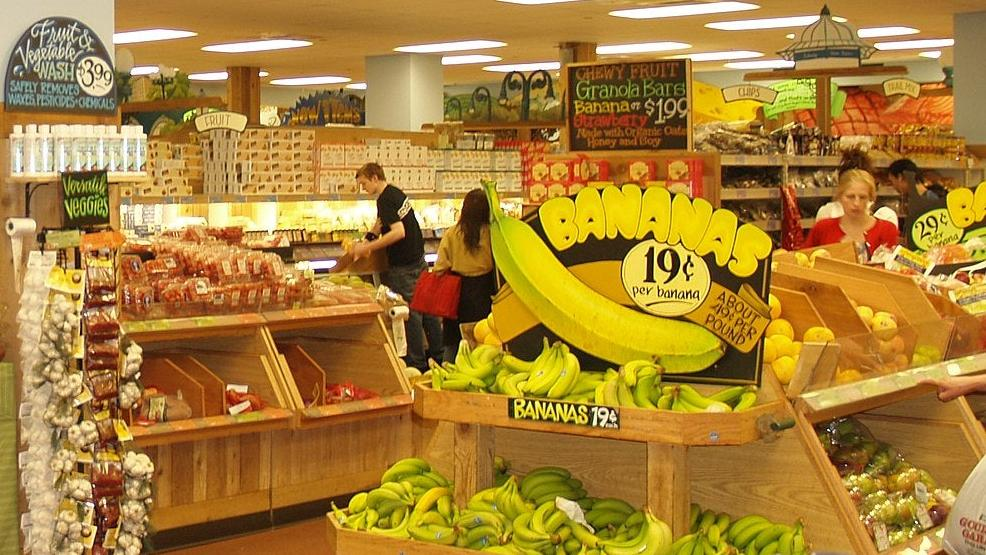Why Are Trader Joe's Bananas So Popular?
The ubiquitous, inexpensive banana is one of Trader Joe’s most popular items. Why?
Earlier this week, Trader Joe's released the results of its 15th annual Customer Choice Awards. Browsing the results, which were perhaps more diverse than usual because some perennial favorites were taken out of the running after being inducted into the Hall of Fame, one winner gave me pause: bananas.
Yes, amid the larger list, which mostly included products I know I can only get at Trader Joe's, sat the lowly banana, winner in the produce category. A banana is something I can get just about anywhere, from my local coffee shop to every grocery store or bodega I've ever walked into.
"Our customers go bananas for Bananas," wrote Trader Joe's of the fan favorite. "It's the unbeatable price (conventional still 19¢!), plus our Organic option that've made them top Banana for the fifth time. Hall of Fame, here it comes."
The runner-up in the produce category was Teeny Tiny Avocados, which are exclusive to Trader Joe's. So what makes the bananas so special? Why do people love Trader Joe's bananas so much?
Why does Trader Joe’s price bananas individually?
There is one thing that sets Trader Joe's bananas apart from the rest of the bunch: They're priced per individual banana, while most grocery stores price them per pound. TJ's sells them at 19 cents per conventional banana, and according to Trader Joe's, that price has remained consistent for almost 25 years.
When you buy bananas per pound, you're sometimes flying blind. Though the overall size and number of bananas in a bunch will vary, on average, a pound is about three bananas, according to The Kitchn.
It's that lack of consistency that actually led Trader Joe's to price its bananas individually in the first place. Well, that and a particularly charming customer.
Dan Bane, former Chairman CEO Trader Joe's, explained the background of the banana pricing on the inaugural episode of Inside Trader Joe's, a podcast about the grocery store we all love to love.
The question was posed by podcast co-host Matt Sloan, vice president of product marketing.
"What's up with bananas?" podcast co-host Matt Sloan asked Bane. "Why do we sell them 19 cents each?"
"We used to sell bananas by the pound like everybody else," said Bane. "But that meant, because we don't have scales in the store, that we had to weigh them and package them in little plastic bags in the warehouse before they got shipped out. Usually, the smallest bag you could find was four or five bananas."
One day, Bane he was watching a customer shop for bananas. "She looks at all the packages but didn't put one in her cart," said Bane. "So I asked her. I said, 'Ma'am, if you don't mind me asking, I saw you looking at the bananas but you didn't put anything in your cart.' And she said to me, 'Sonny, I may not live to that fourth banana.' And so we decided the next day we were going to sell individual bananas and they've been 19 cents ever since."
Are Trader Joe’s bananas cheaper or more expensive?
Because bananas are typically priced per pound, it can be difficult to nail down an exact price per banana in the real world. However, banana prices have remained relatively stable over time, despite fluctuations in other products, and that price tends to hover around 58 cents per pound. If we figure there are there bananas per pound, that means we're paying—drumroll, please—about 19 cents per banana. The price that Trader Joe's has locked in for years.
Lest this burst some sort of magical bubble for you because you thought you were getting them cheaper at Trader Joes, I personally still see the allure of Trader Joe's per-banana pricing. It takes the guesswork out of the interaction. In an uncertain world, at least we can be certain about one thing, and that's how much we'll pay for a few bananas at Trader Joe's.
